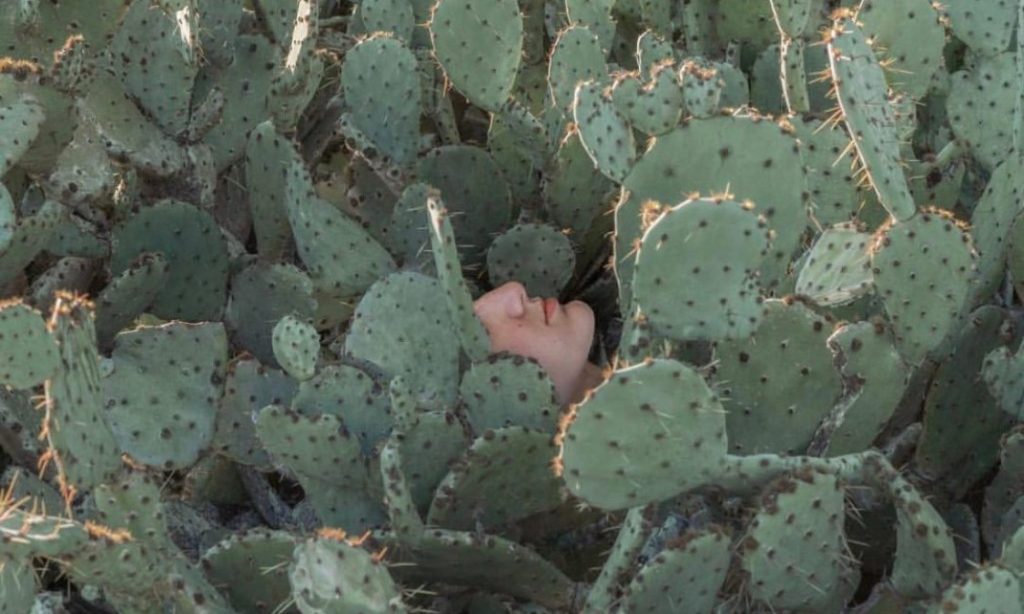After a busy moving home time, finally, I can sit down and write a new post again. So in the past two weeks, I spent much time moving home. Besides, I read roughly two books called “The body is not an Apology” by New Yorker writer Sonya Renee Taylor and “i want to die but i want to eat tteokbokki” by Korean writer Baek Sehee. They are two different books. For me, “The body is not an Apology” is like a big sister encouraging you don’t be ashamed of your body that doesn’t conform to society’s aesthetic standards. You are a member of the human community and have an equal right to love and be loved. However, “i want to die but i want to eat tteokbokki” is more like a young girl describing the pain she suffered growing up, particularly the traditional East Asian family environment as the root cause of her depression and anxiety. As an Asia woman, I feel it relates to my growing-up experience.


Before reading those two books, I watched an academic documentary called “Sources of Cultural Differences between China and the West”, a lecture by Professor Wang Defeng, School of Philosophy at Fudan University, in 2014. (“中西方文化差异的渊源” 复旦大学哲学学院王德峰教授,2014). Like the lecture title, Professor Wang explained the essential differences between Chinese and Western cultures from a historical perspective. I made a diagram to show some key points he mentioned in the lecture.





I watched Professor Wang’s lecture because I made a questionnaire to search for knowledge of eating disorders in Chinese social groups. In the questionnaire, I used some interrogative questions to complete my research, but I still need to get satisfactory results from this questionnaire. For many people, “eating disorder” is an unfamiliar word, a direct translation from English, making people feel that this is a rigid questionnaire. So I decided to step back and look for the underlying logic of the differences between Chinese and Western cultures.
After watch finished the lecture, I thought maybe I should think of “eating disorders” as a phenomenon rather than a mental illness. I should be thinking about why people infuse their emotions into their food. I want to back to “FOOD” rather than seek the entire thing. So for my next intervention, I want to do a barter game where I start by inviting people to share their stories with me about their food and I’ll give back an illustration. At the end of the day, I want to bring these stories and illustrations together as a healing piece of work. So for my next intervention, I want to do a barter game where I start by inviting people to share their stories with me about their food and I’ll give back an illustration. At the end of the day, I want to bring these stories and illustrations together as a healing piece of work.
Back to the books -“The Body is not an Apology” and “i want to die but i want to eat tteokbokki”. I feel the cultural difference between Asia and the Western world through reading. Compared with Westerners, Asian people are more subtle, and very few of us will say our love outright, and we prefer to use third-point-of-view stories to illustrate thoughts and love, which are more like fables. This is another reason I want to collect people’s food stories in my next intervention cause it seems more acceptable among Chinese society groups.
